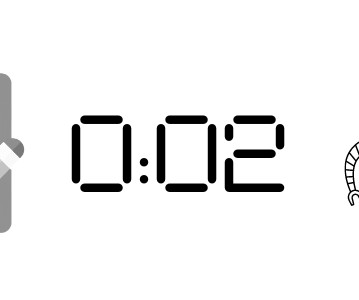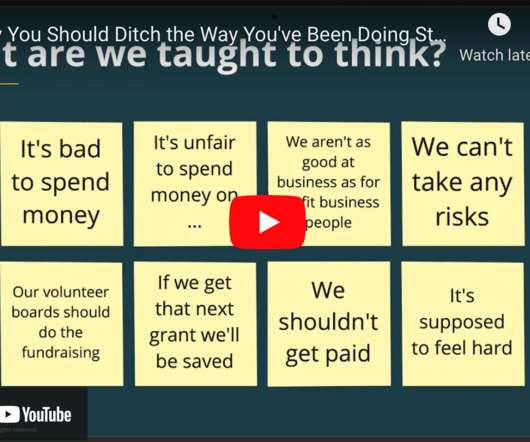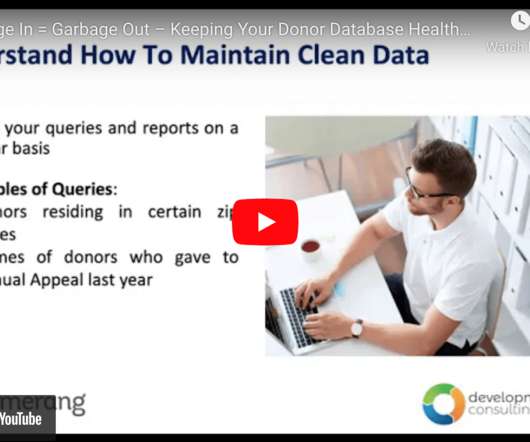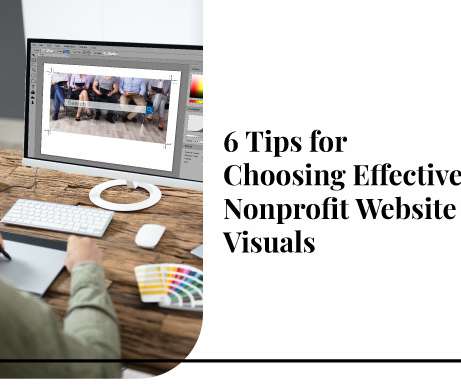#13NTC Session: Mindful or Mindfull Social Media?
Beth's Blog: How Nonprofits Can Use Social Media
APRIL 12, 2013
This blog post serves as a resource page for a session on mindfulness with Rob Cottingham and Jana Byington-Smith. Description: How nonprofits can stay focused given all the distractions inherent in today’s attention economy? To provide best practices for taming the digital jungle that assaults our brains everyday at work.





































Let's personalize your content